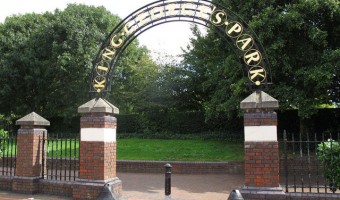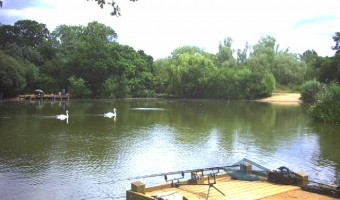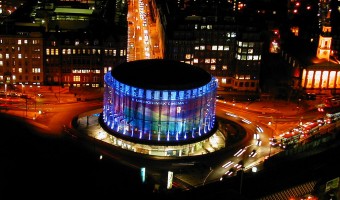South West London's Best Kept Secret
As you wander through Tooting, you will be surprised by how much of its past is still visually present. These historical gems will make you curious about what else is hidden in South West London.
Any London traveller with an interest in history should pay a visit to one of Wandsworth boroughs most vibrant towns. It is easy to get to from Central London via London Underground and is just 20 minutes away from London Bridge or Waterloo on the Northern Line.
At first glance, Tooting Broadway appears to be just a commercial hive, buzzing with shoppers, commuters and business people making their way around its many award-winning restaurants, coffee houses and high street shops. However, beyond the glamour and bright lights of shop windows, you may notice something different. Something that illustrates Tooting’s long history. Just like the rest of the city, Tooting is steeped in history and as you explore the area you can see some of that history hidden in plain sight.
‘Defoe Chapel’ Building
If you walk up Tooting High Street and past the Broadway Market, you will find a two-storey building between TK Maxx and Tooting Market. It might not look particularly fascinating when you first look at it, but it is one of the oldest buildings in Tooting. Much of the buildings in Tooting date back to the Victorian and Edwardian periods but this building predates that. It was built in 1776 for a Methodist congregation. It became known as the Defoe Chapel due to its alleged connection to writer Daniel Defoe (best known for Robinson Crusoe).
The association is sketchy, however according to the Tooting United Reformed Church, one of the rumours is that he may have ‘used Tooting as a hiding place during the days of nonconformist persecution.’ Soon after he helped to form the church with other members. Although uses for the building have changed over the years, the first floor is more or less unchanged.


Gala Bingo Hall – Formally the Granada Cinema
Cut through Broadway Market, turn right to get onto Mitcham Road and walk up. You will see a grand, art deco style building that is currently occupied by Gala Bingo. This was originally the Granada cinema and is one of London’s hidden gems. Designed by Cecil Masey and Theodore Komisarjevsky, it was built in 1931 and is one of the country’s best preserved cinemas from the 1930’s.
Inside is a hall of mirrors, a baronial hall and a huge auditorium with splendid gothic features. It was a theatre as well as a cinema, attracting entertainers from all around the UK and beyond. The likes of Frank Sinatra, Jerry Lee Lewis and The Beatles performed here.
Local resident Robert Simpson fondly remembers the Granada. ‘I’d say it was a theatre of dreams. It had everything and it had a fantastic atmosphere. If you wanted a good night out, you’d go to the Granada.’
It closed in 1973 and eventually became a Gala Bingo hall some years later. In 1972 the building was given a Grade II listing but was upgraded to a Grade I in 2000 by the English Heritage.


Tooting Library
Cross the road at the Gala Bingo hall and on the corner of Undine Street is Tooting Library. Like the former Granada cinema, it’s hard to walk by without noticing its distinctive features. Although it had undergone a three-million-pound refurbishment, the exterior of the building retains its splendid brickwork and terra cotta features. It is believed that the building was originally built in two stages. The upper floor was built from around 1908, but the lower floor is older yet, dating back to 1902. Another distinctive characteristic of the building is the copper galleon right on top of it. If you look up, you can see it sitting on the weathervane. However, its significance is relatively unknown.
Tooting Parish Pump
Walk further up and you’ll eventually reach a monument on the corner of Church Lane and Mitcham Road. This monument commemorates the location of the Tooting Parish Pump of 1823. The well used to supply water at a rate of 130 gallons per minute. It was in use until the end of the 19th century and according to the plaque, the monument was erected by the main inhabitants of the parish ‘at their own expense.’
St. Nicholas Church
Close by is the church of St Nicholas. St Nicholas church dates back to the early 1830’s, however a church has existed on that spot since Saxon times. According to The Place-Name “Totterdown” and the Early History of Tooting by Graham Gower, ‘the original church, recorded in the Domesday Survey, was noted for its round Saxon tower incorporated into the north side of the church.’ The old church was demolished and was promptly rebuilt around 1833. The architect was Thomas Witlam Atkinson (1799-1861) who later gained commissions in Manchester.
As you wander through Tooting, you will be surprised by how much of its past is still visually present. These historical gems will make you curious about what else is hidden in South West London.
 Tooting’s Hidden History
Tooting’s Hidden History


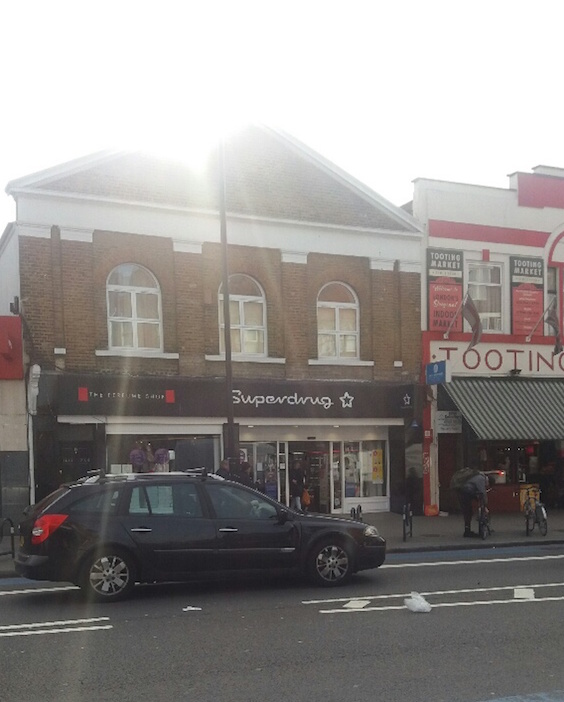
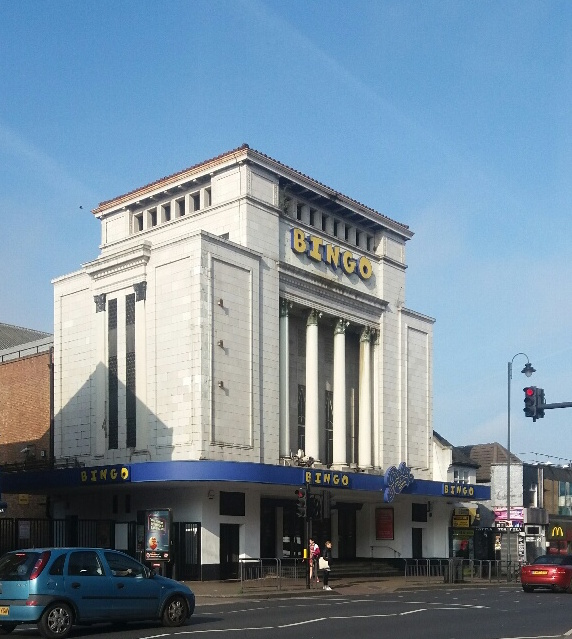

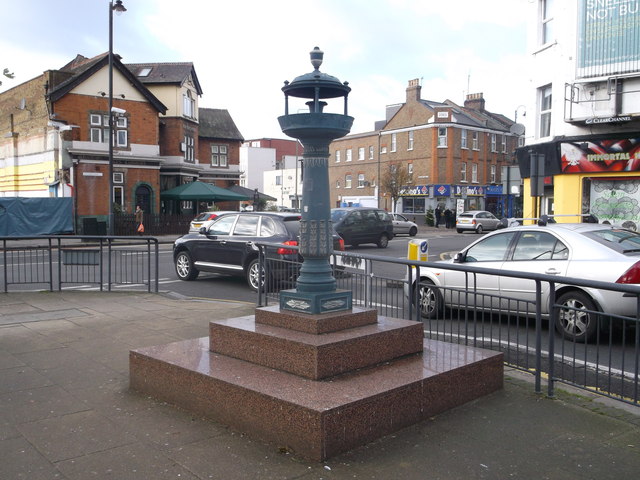
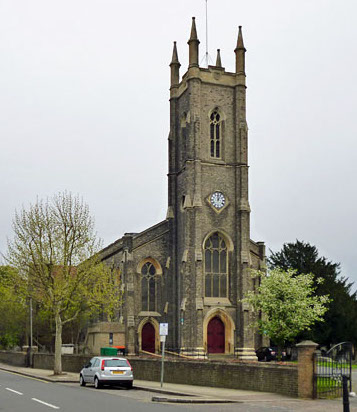
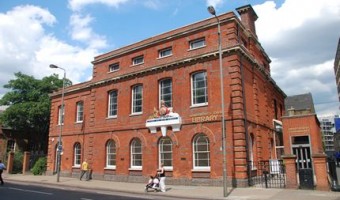
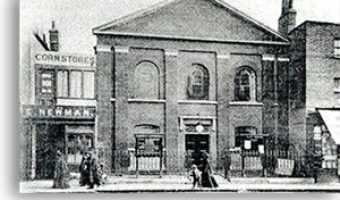
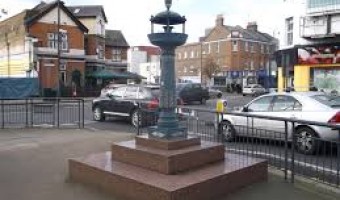
 Load more triptoids
Load more triptoids